Warmer weather is in full swing in Minneapolis, which means yard work and pond maintenance is underway. If you’re feeling adventurous or want to try something new this year, adding fish to your backyard pond is a great way to spice things up. If you’re wondering how to get started, look no further. Here are eight steps to get yourself some fish in that pond.
Make sure your pond is large enough
Depending on the fish, they can grow to be over one foot long. The most common pond fish are goldfish and koi because they are hardy fish that might not need a filter, even though it is recommended. Goldfish are smaller and can be hosted in smaller backyard ponds. However, it is important, especially for freezing winters, to make a large portion of your pond be over two feet deep. When the water freezes, ice will stop around two feet in depth, allowing the water underneath to still be livable for your fish.
If the pond is new, let the water cycle
With new water, the nitrogen levels can be harmful for fish to be introduced to right away. It is important to let the water cycle for a couple of days before adding fish for the safety of the fish.
Test pH levels
The recommended pH levels is 7.2 and 7.8 for keeping fish. Unfiltered tap water might have too much chlorine for your new fish. Get a de-chlorinator or ask the Pond Doctor for tips about how to balance the chemicals in the water for your fish.
Install filter and/or plants
A filter is helpful to keep your fish healthy and happy. However, it does require regular checks and maintenance. Goldfish and koi can survive without a filter, but the pond itself will require more attention to maintain a healthy amount of chemicals. With or without the filter, plants are a must-have for your pond. Above water plants and underwater plants provide hiding places for the fish to relax, which is especially helpful to them during stressful weather. They also provide oxygen for the fish to breathe, especially underwater plants. Make sure all of the roots are buried in dirt and rocks or in a pot so the fish won’t get stuck or eat them, killing the plants.
Purchase fish
The number and type of fish you want will depend on how big your pond is. Goldfish are smaller and can live in smaller ponds, but they can grow to be six to twelve inches long, depending on the space they have. The recommended amount is around 100 gallons, but they can live in structures with fewer gallons. Koi are much larger, growing around twelve to thirty-six inches long depending on the type, and need a bigger space. The recommended amount of water is 1,000 gallons. Other kinds of fish can work, but will require more maintenance. Talk to the Pond Doctor for more options and the required work for those options.
Acclimate fish
Fish need time to adjust to the temperature of the water before being released into a new environment. Place the bag into the pond on a nice day for less stress on the fish. Wait for them to adjust for around thirty minutes, or as long as the air is in the tied bag. Then, add some of the pond water into the bag. After about fifteen minutes, the fish are ready to be released into the pond. Open the bag and allow them to leave the bag on their own into their new home. Fish can get stressed easily, so it is important to take your time during this process.
Feed fish
While they may eat some bugs to get nourishment, it won’t be enough for them to survive. Regularly feed your fish to keep them healthy and strong. However, it is important to not overfeed your fish either. Leftover food can release nitrogen into the water, harming the fish. The fish excrement will also raise nitrogen levels. Plants and bottom-feeder fish can help lower the nitrogen levels as well as some nitrogen eliminating kits. Different types of ponds use different solutions. If you would like help finding a solution for your pond, ask the Pond Doctor.
Check water frequently
Besides nitrogen, algae and the pH levels of your pond have to be checked frequently to keep the fish happy and healthy. Algae usually forms in shade from surface plants or structures around your pond. Removing the algae and plants and objects in the way could save your fish. The levels of pH should be checked every two weeks.
If you have any questions or would like advice while putting fish into your pond, call the Pond Doctor today. Here at DIWhy, we are ready to help you make your yard lively and beautiful.




